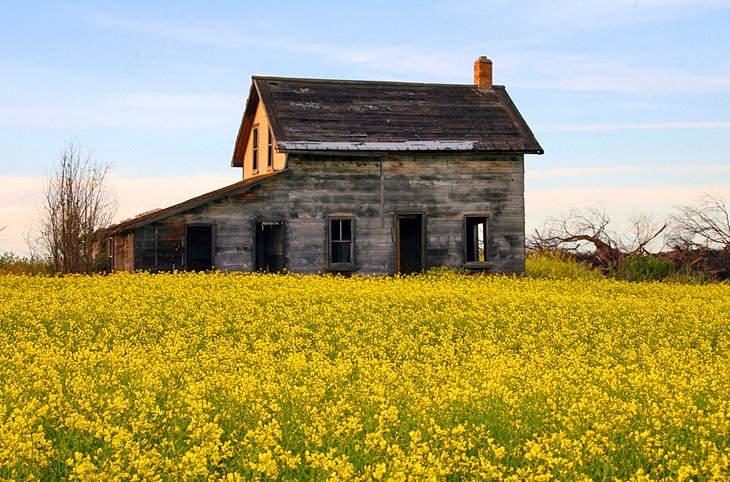Some Known Factual Statements About Saskatchewan High Schools Athletic Association


Saskatchewan winter High Resolution Stock Photography and Images - Alamy
Some Known Details About Legislative Assembly of Saskatchewan
with heats not breaking 17 C (1 F) for weeks at a time. Warm chinook winds typically blow from the west, bringing durations of mild weather condition. Annual rainfall averages 30 to 45 centimetres (12 to 18 inches) throughout the province, with the bulk of rain falling in June, July, and August.

The province of Saskatchewan is seeing strong employment growth
In 2012, 33 twisters were reported in the province. The Regina Cyclone occurred in June 1912 when 28 individuals died in an F4 Fujita scale tornado. Extreme and non-severe thunderstorm occasions happen in Saskatchewan, typically from early spring to late summer season. Hail, strong winds and isolated tornadoes are a typical occurrence.

Saskatchewan Targets 5 Specific Occupations In New Expression of Interest Draw - Canada Immigration and Visa InformationCanadian Immigration Services and Free Online Evaluation.
The coldest ever taped in the province was 56. 7 C (70. 1 F) in Prince Albert, which is north of Saskatoon. Climate modification [edit] The impacts of climate change in Saskatchewan are now being observed in parts of the province. There is proof of reduction of biomass in Saskatchewan's boreal forests (similar to those of other Canadian grassy field provinces) is connected by scientists to drought-related water stress, stemming from worldwide warming, most likely triggered by greenhouse gas emissions.

SGI - Saskatchewan driver's licensing and vehicle registration Can Be Fun For Everyone
Resiliency of ecosystems may decrease with big modifications in temperature. The provincial government has responded to the risk of climate modification by introducing a plan to minimize carbon emissions, "The Saskatchewan Energy and Climate Modification Strategy", in June 2007. The Most Complete Run-Down [modify] Henry Kelsey observing a herd of bison on the western plains.
Saskatchewan has actually been occupied by various native peoples of North America, consisting of members of the Sarcee, Niitsitapi, Atsina, Cree, Saulteaux, Assiniboine (Nakoda), Lakota and Sioux. The first recognized European to enter Saskatchewan was Henry Kelsey in 1690, who took a trip up the Saskatchewan River in hopes of trading fur with the region's native individuals.
The very first long-term European settlement was a Hudson's Bay Company post at Cumberland House, founded in 1774 by Samuel Hearne. The southern part of the province belonged to Spanish Louisiana from 1762 till 1802. 19th century [edit] In 1803, the Louisiana Purchase transferred from France to the United States part of what is now Alberta and Saskatchewan.
